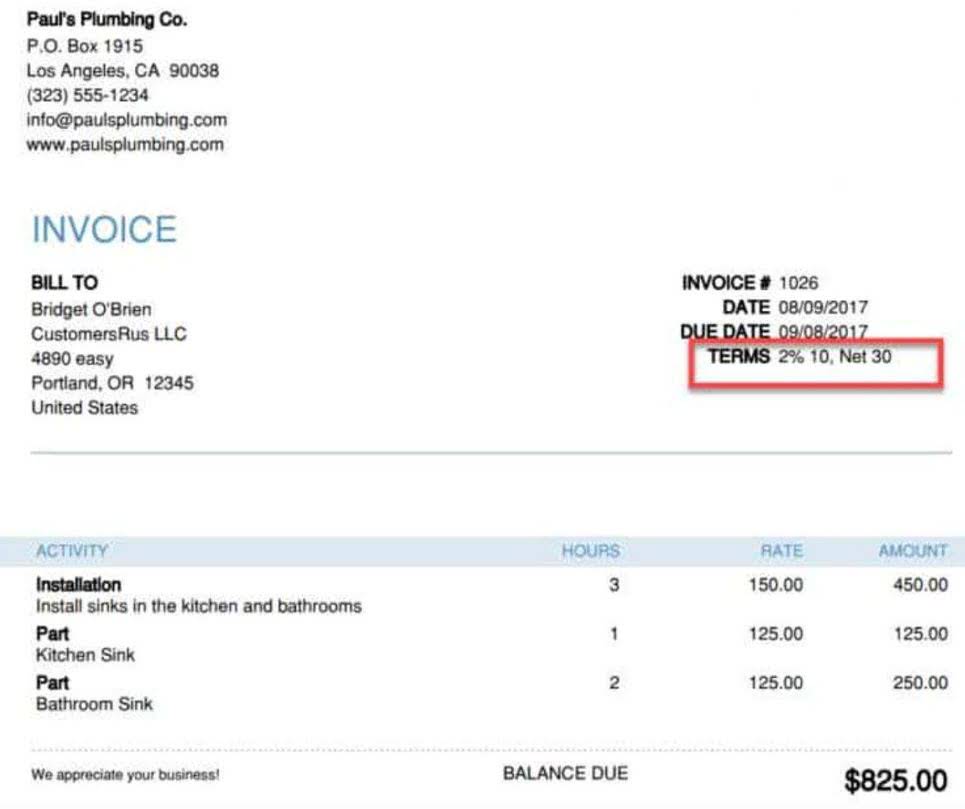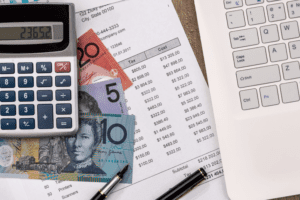
With the change in value, we will understand why the working capital has increased or decreased. The essence of the concept is that if a company has a positive working capital, it means they have funds in surplus. The inverse of having a negative working capital indicates that the company owes more than it has in its cash flow. This article guides you through Car Dealership Accounting understanding, calculating, and interpreting the change in working capital using a company’s balance sheet. Analyzing this change reveals underlying trends in a company’s financial management and reflects its operational liquidity and efficiency. Working Capital means those liquid funds, whether in the form of cash, deposits in a bank, or either way, which an enterprise keeps to manage the day-to-day running expenses of the business.
Generally, the higher the ratio, the better a company’s ability to pay short-term liabilities. Since the company is holding off on issuing payments, the increase in payables and accrued expenses tends to be perceived positively. While A/R and inventory are frequently considered to be highly liquid assets to creditors, uncollectible A/R will NOT https://quamecheng.co.zm/index.php/2023/08/28/indinero-accounting-reviews-pricing-alternative/ be converted into cash. In addition, the liquidated value of inventory is specific to the situation, i.e. the collateral value can vary substantially. Therefore, the impact on the company’s free cash flow (FCF) is +$2 million across both periods. Since we’re measuring the increase (or decrease) in free cash flow, i.e. across two periods, the “Change in Net Working Capital” is the right metric to calculate here.


Think of it as the money set aside to pay your monthly rent, salaries, and utility bills. With enough net working capital, percentage change in working capital formula a company might be able to keep its operations afloat and avoid running into financial trouble. Working capital is calculated from the current assets (assets the company can sell or spend easily within one year) minus any upcoming debt payments due over the next year. Working capital is the amount of liquid assets a company has available, after accounting for its upcoming payments. It tells you how much money the company has available to pay employees, suppliers, and other day-to-day business needs.

If the Change in Working Capital is negative, the company must spend in advance of its revenue growth – like a retailer ordering Inventory before it can sell and deliver its products. If the company’s Inventory increases from $200 to $300, it needs to spend $100 of cash to buy that additional Inventory. Because Working Capital is a Net Asset on the Balance Sheet, and when an Asset increases, that reduces cash flow; when an Asset decreases, that increases cash flow. The $500 in Accounts Payable for Company B means that the company owes additional cash payments of $500 in the future, which is worse than collecting $500 upfront for future products/services. The best rule of thumb is to follow what the company does in its financial statements rather than trying to come up with your own definitions.

Changes in working capital reflect the fluctuations in a company’s short-term assets and liabilities over a specific period. Working capital is calculated by taking a company’s current assets and deducting current liabilities. For instance, if a company has current assets of $100,000 and current liabilities of $80,000, then its working capital would be $20,000. Common examples of current assets include cash, accounts receivable, and inventory.

This means that on any given year where additional working capital is required to maintain the business, it should be included in CapEx. Businesses can forecast cash into any category or entity on a daily, weekly, and monthly basis with up to 95% accuracy, perform what-if scenarios, and compare actuals vs. forecasted cash. By following these steps, you can accurately calculate your net working capital and then determine any changes over time. Achieve real-time cash forecasting to preempt tight liquidity and free up working capital.